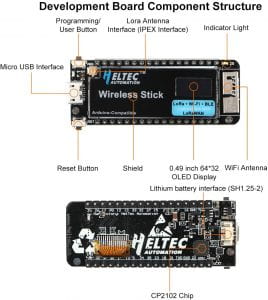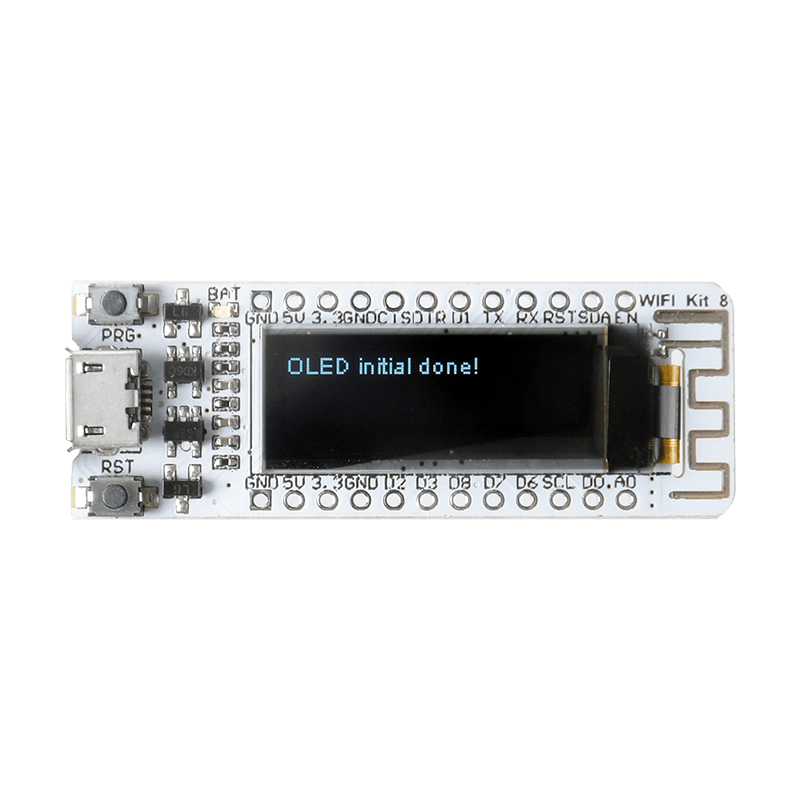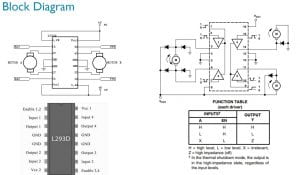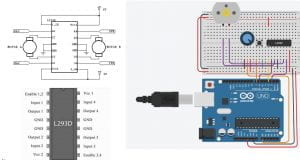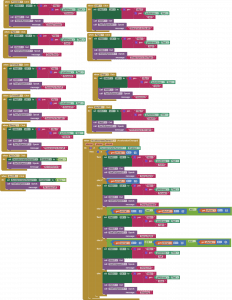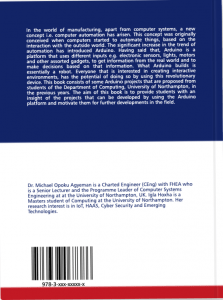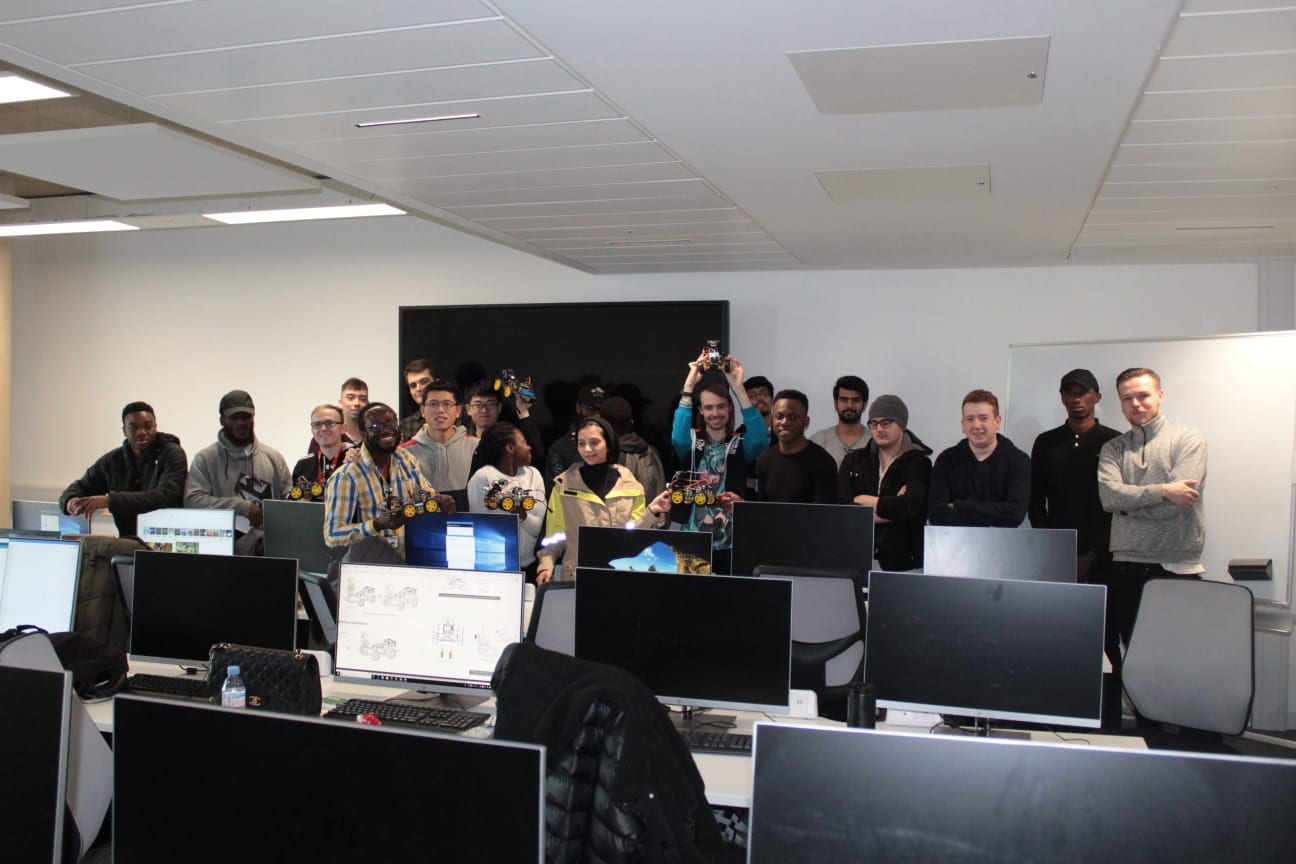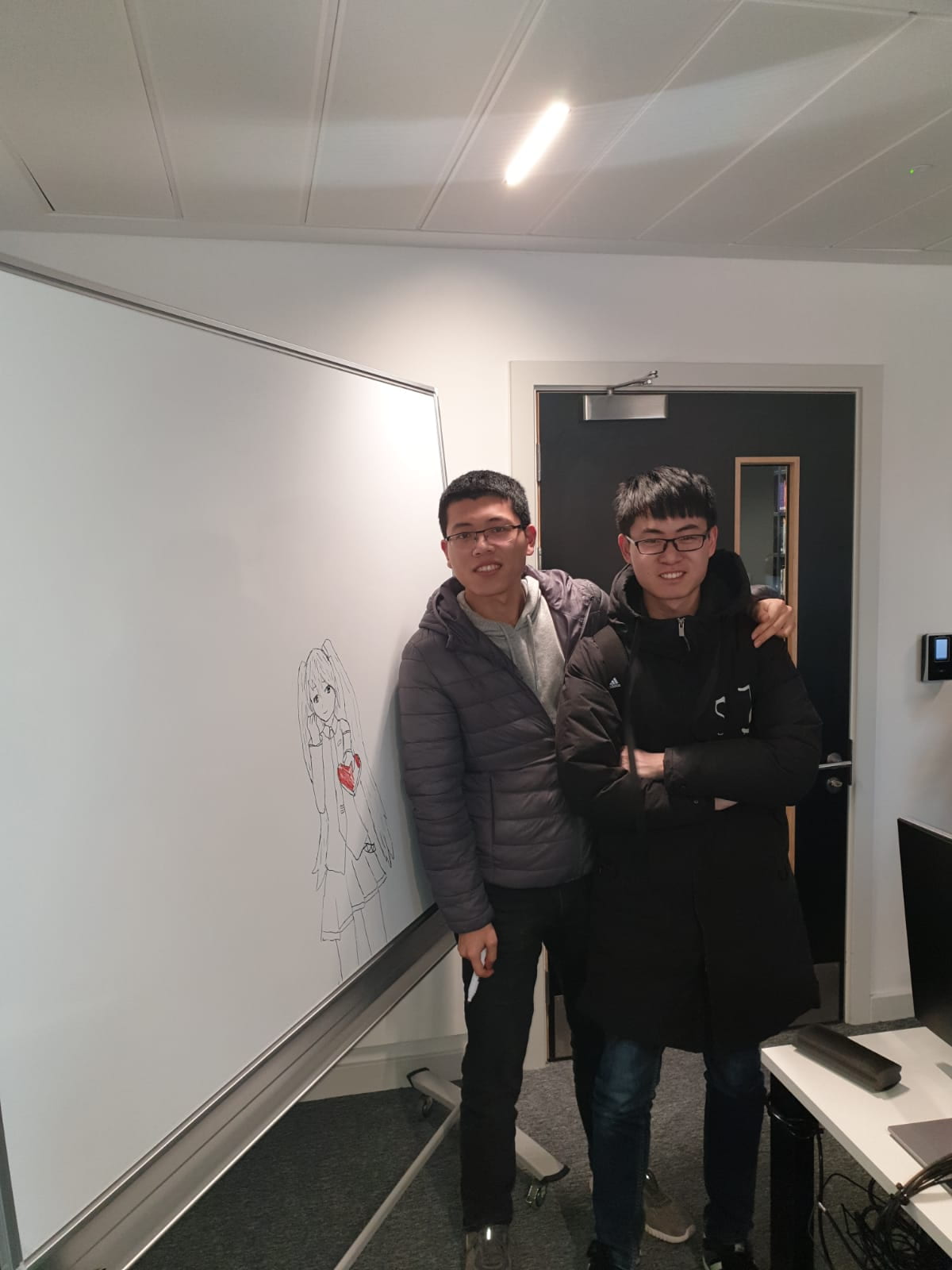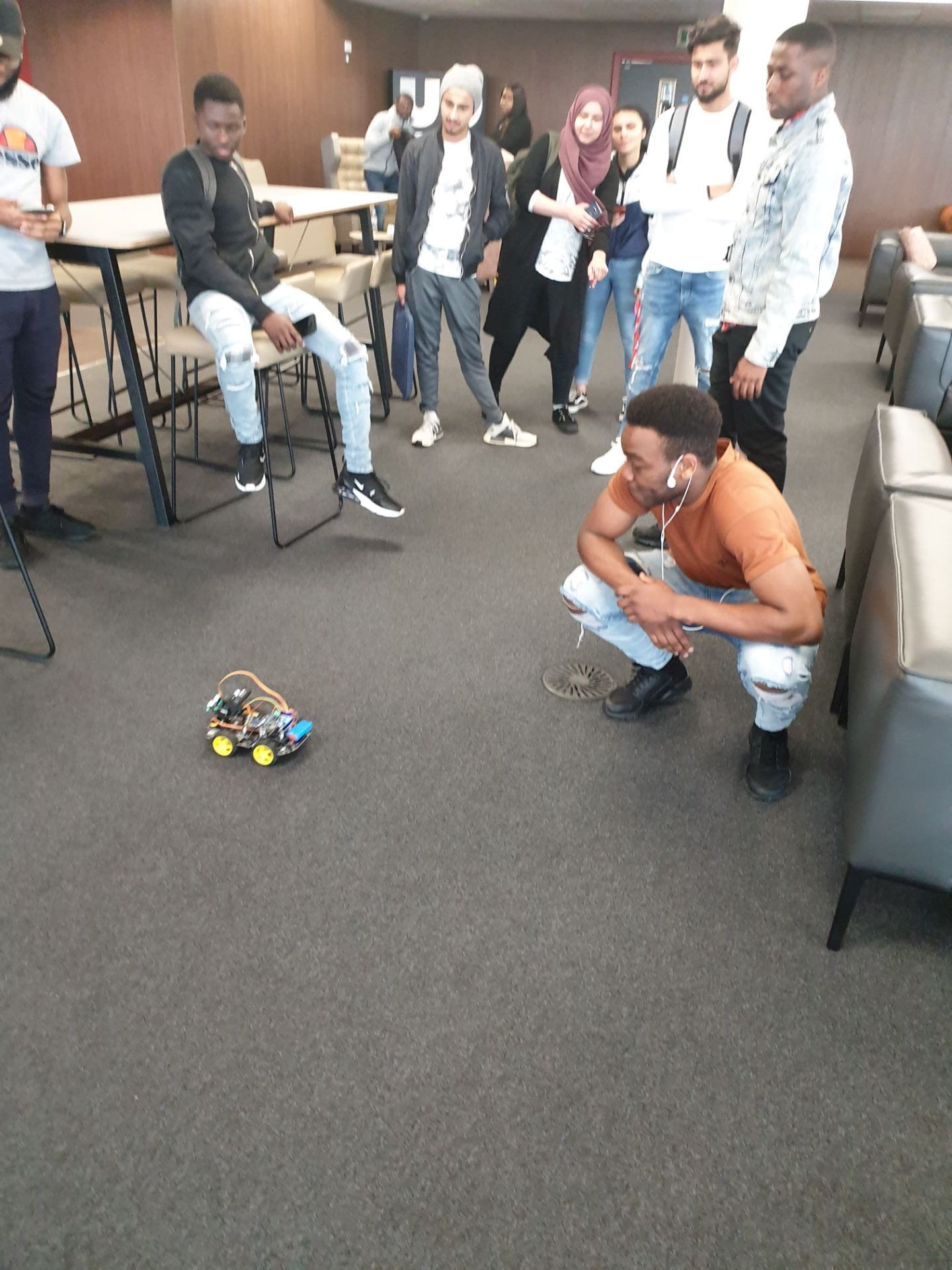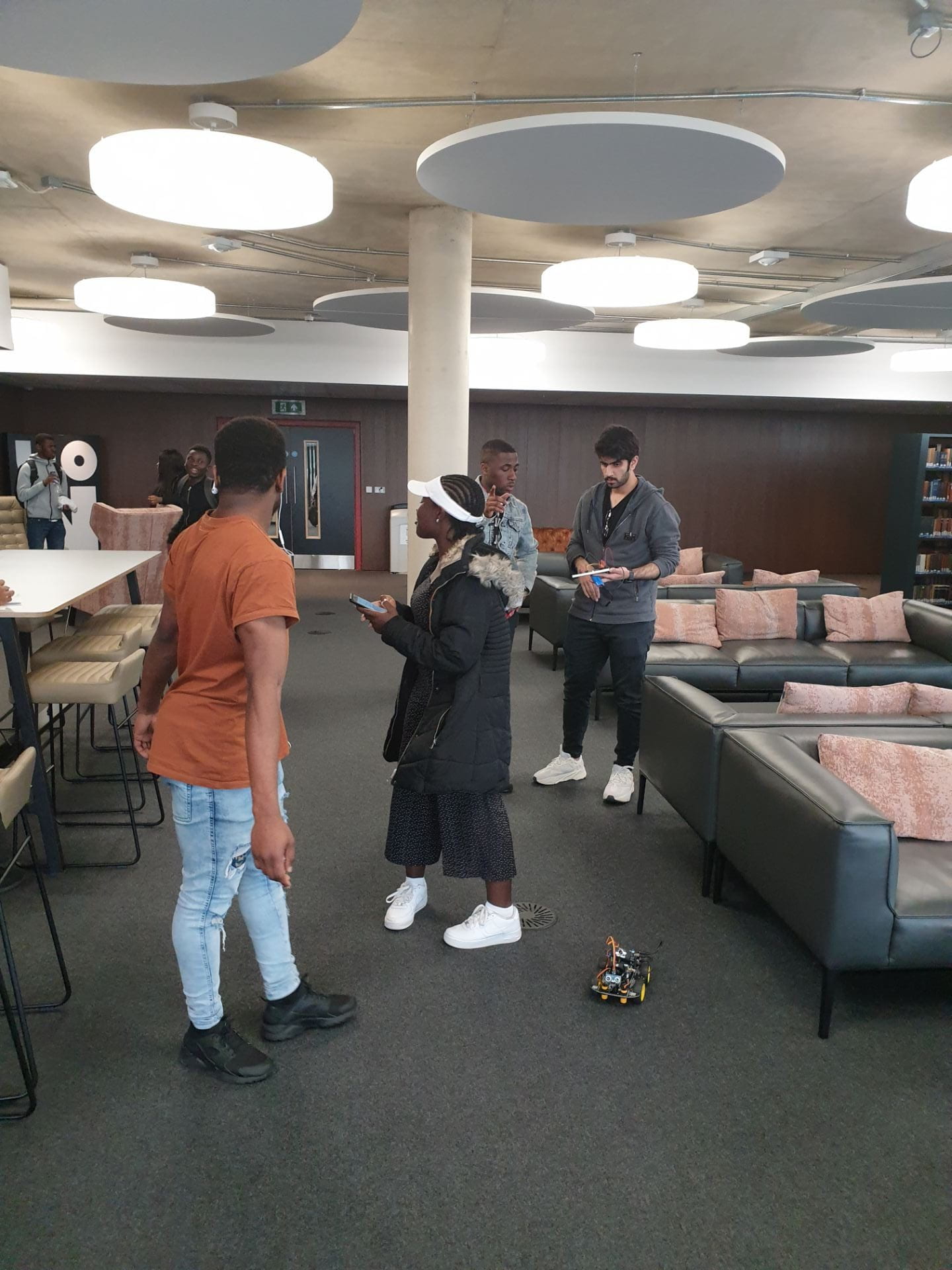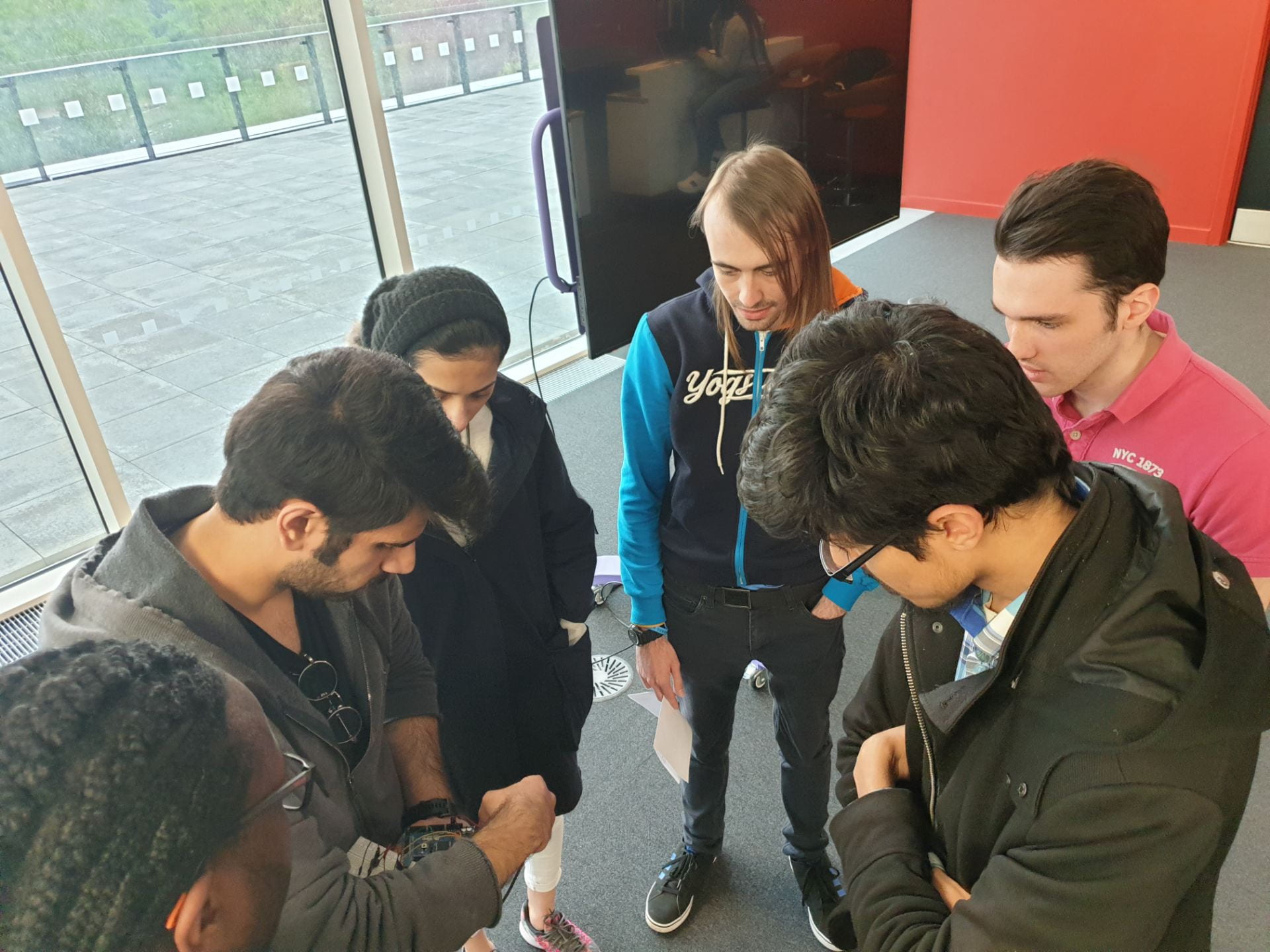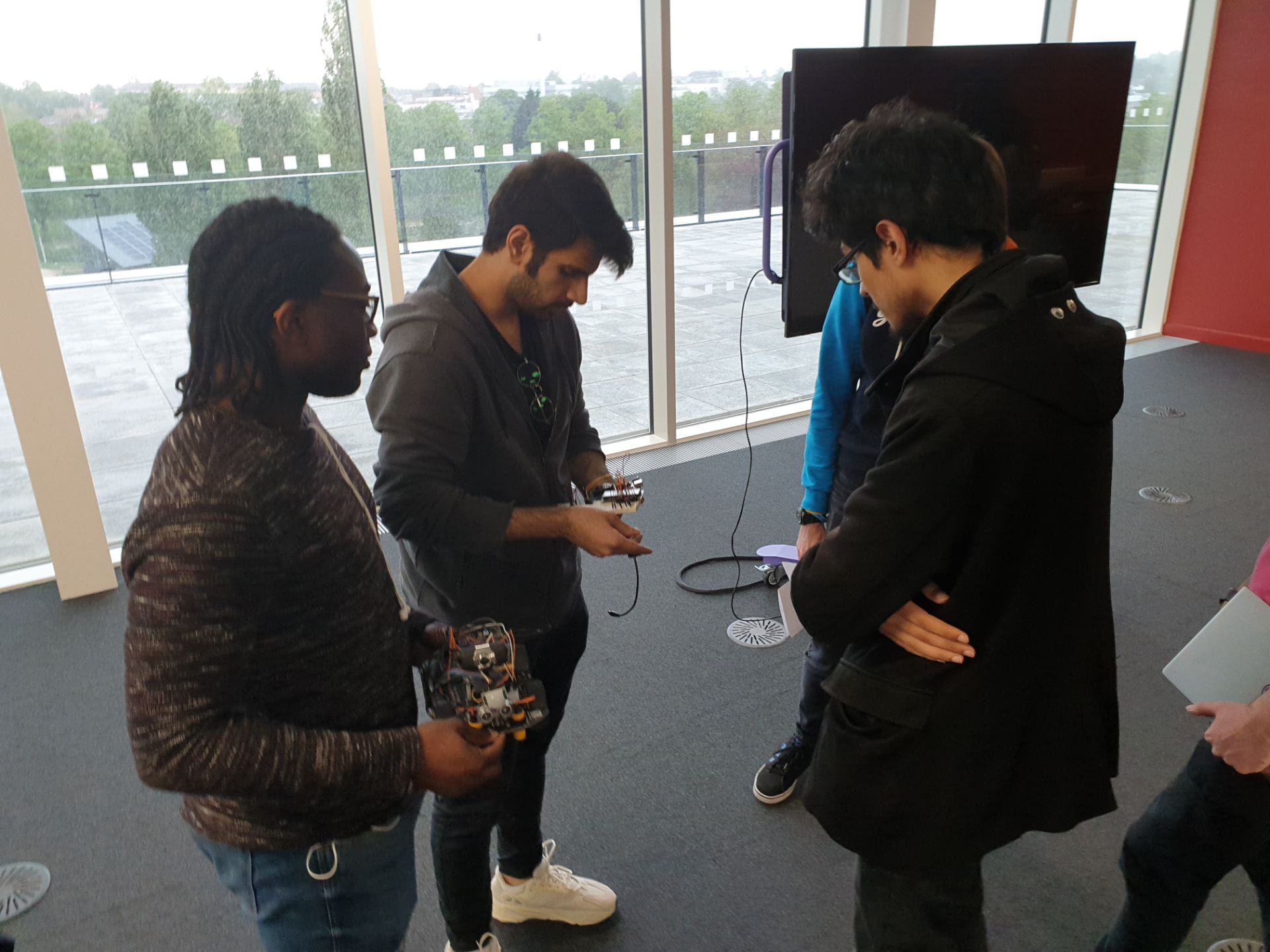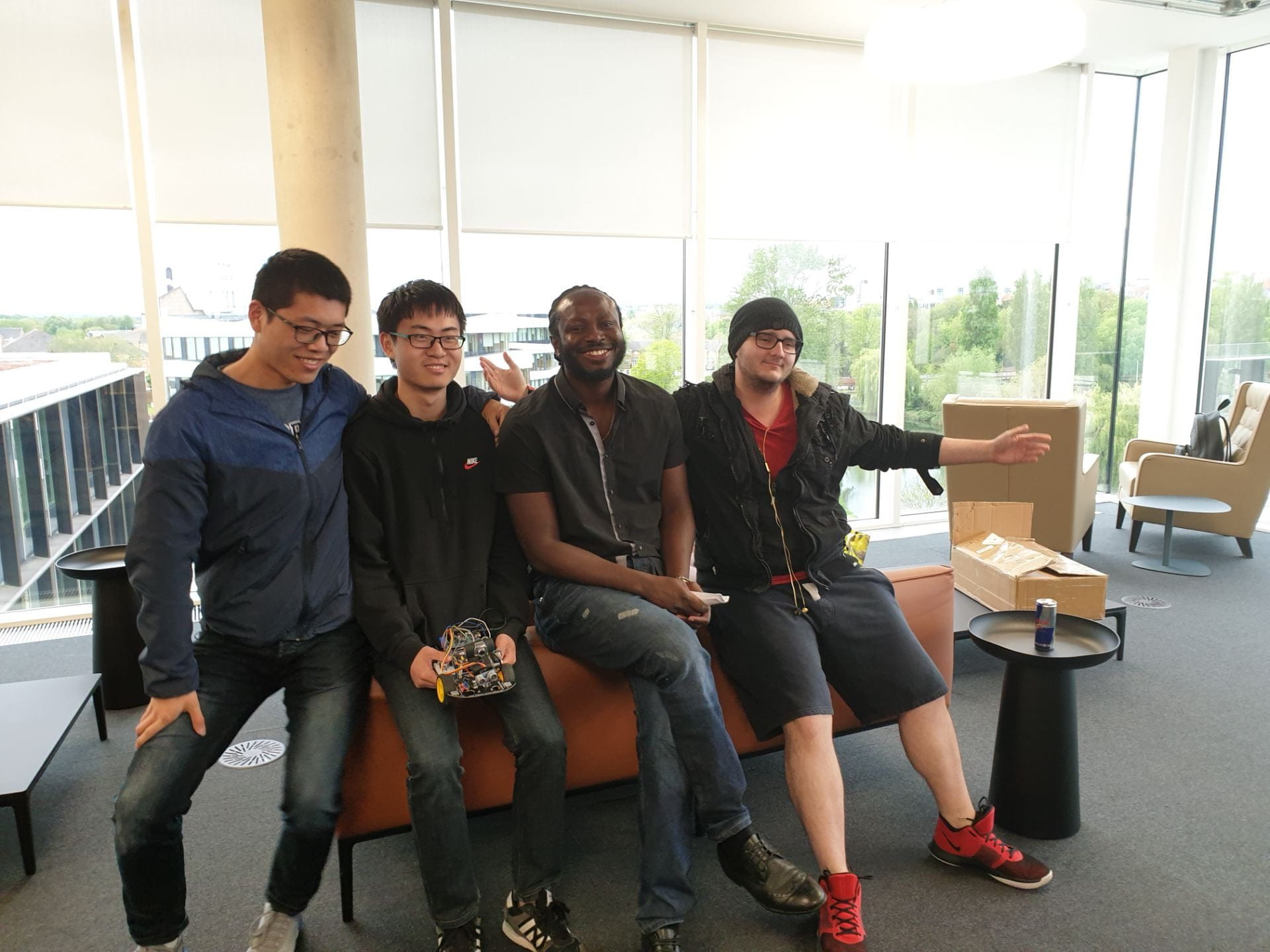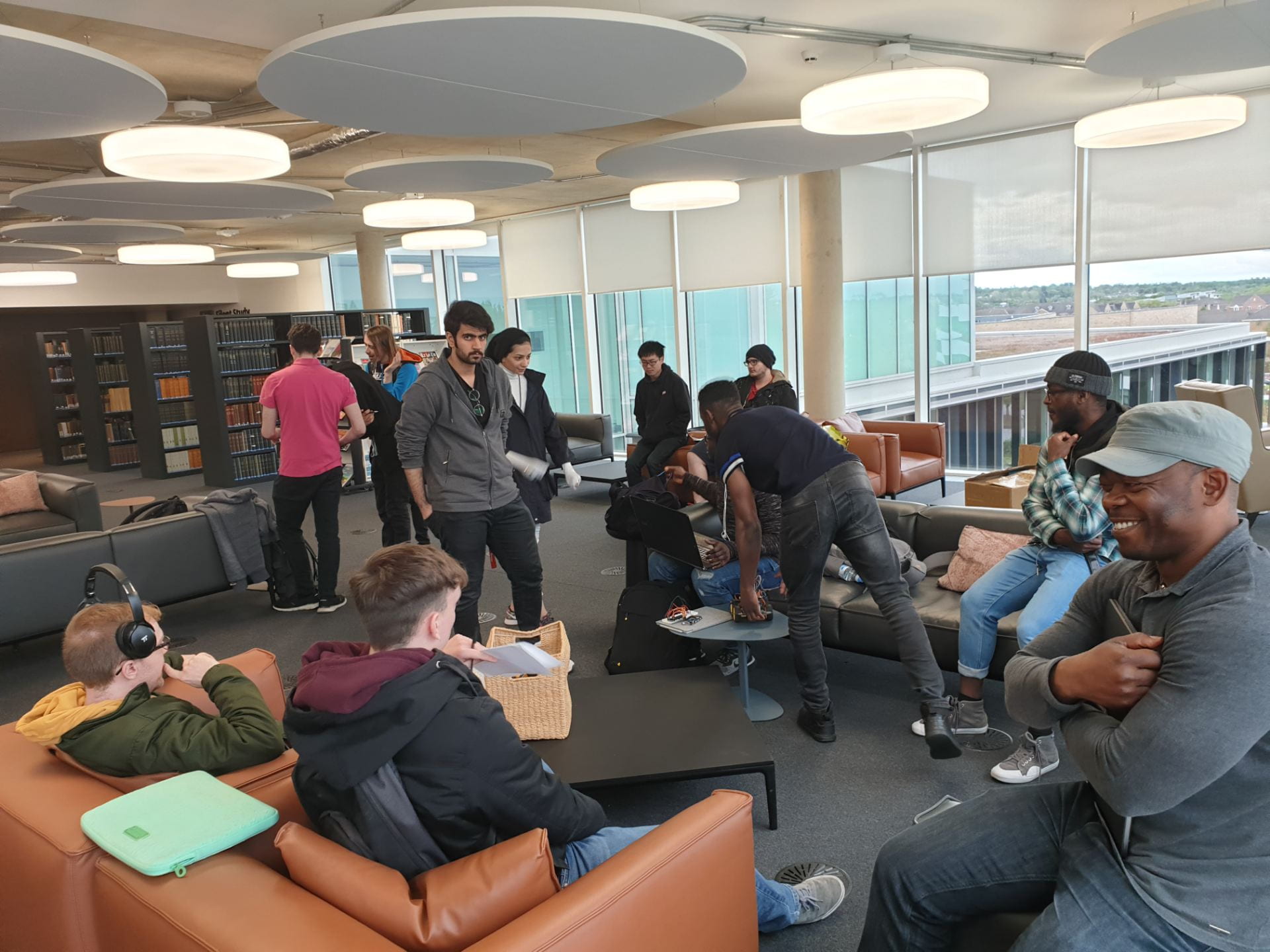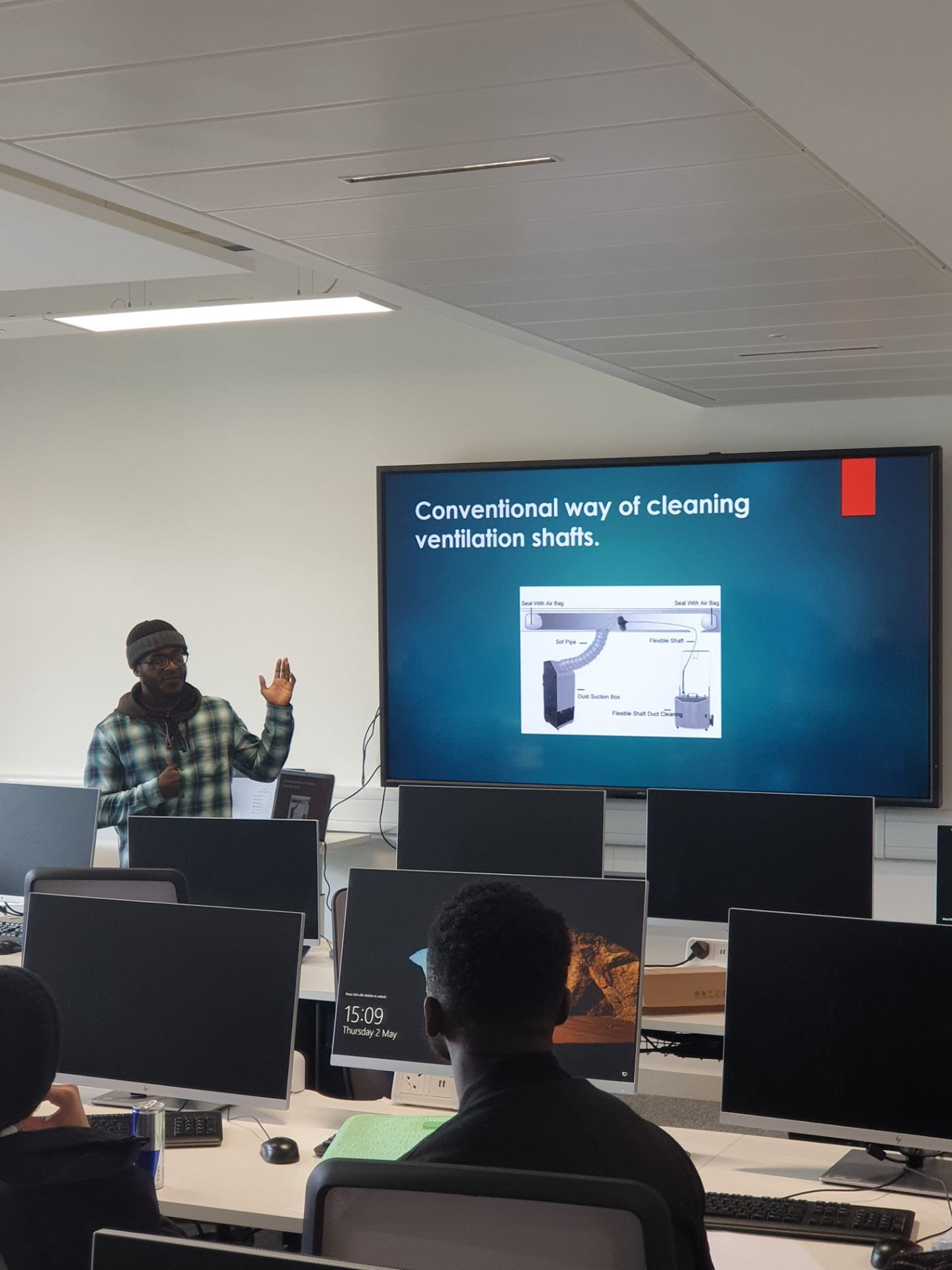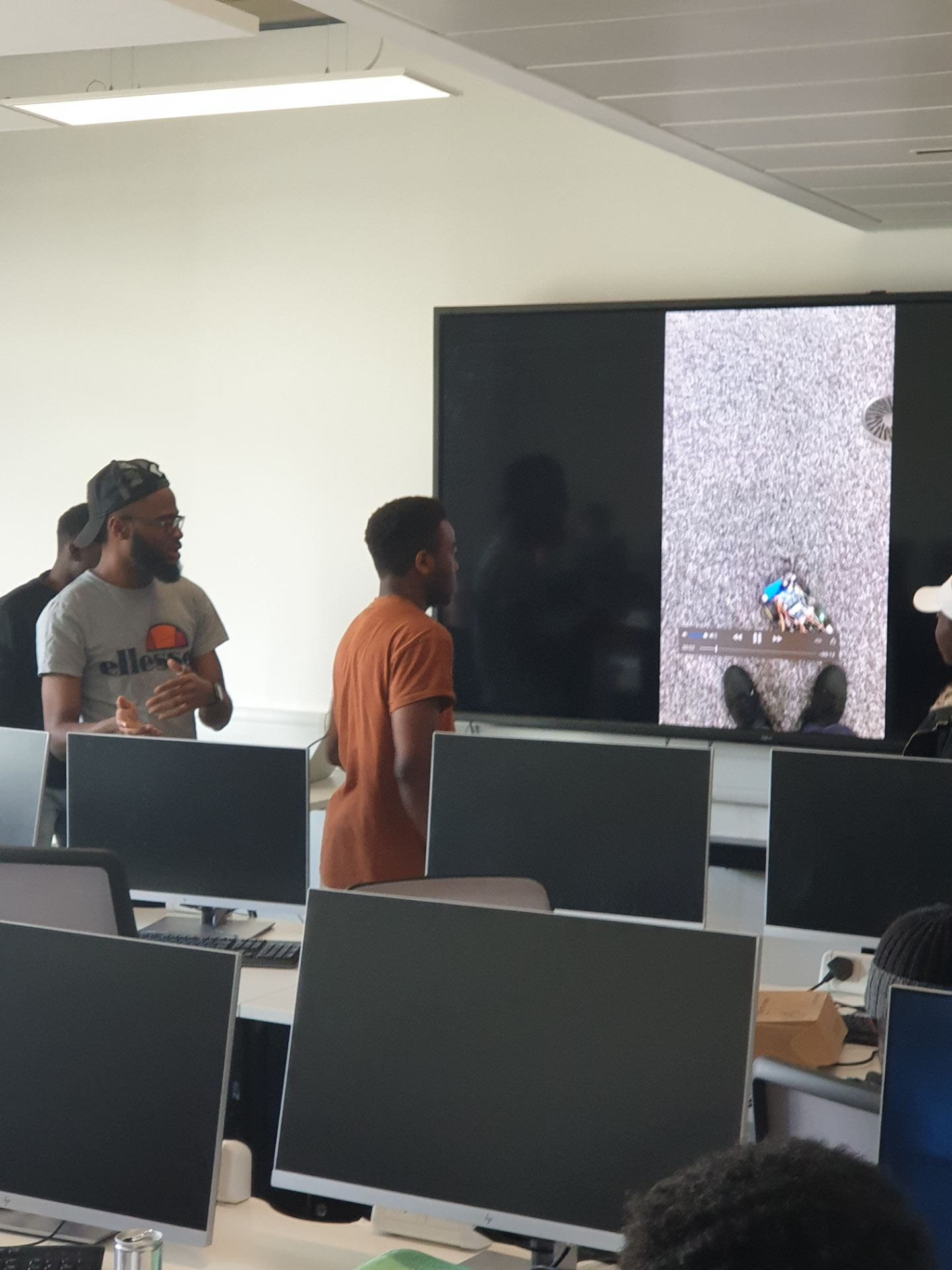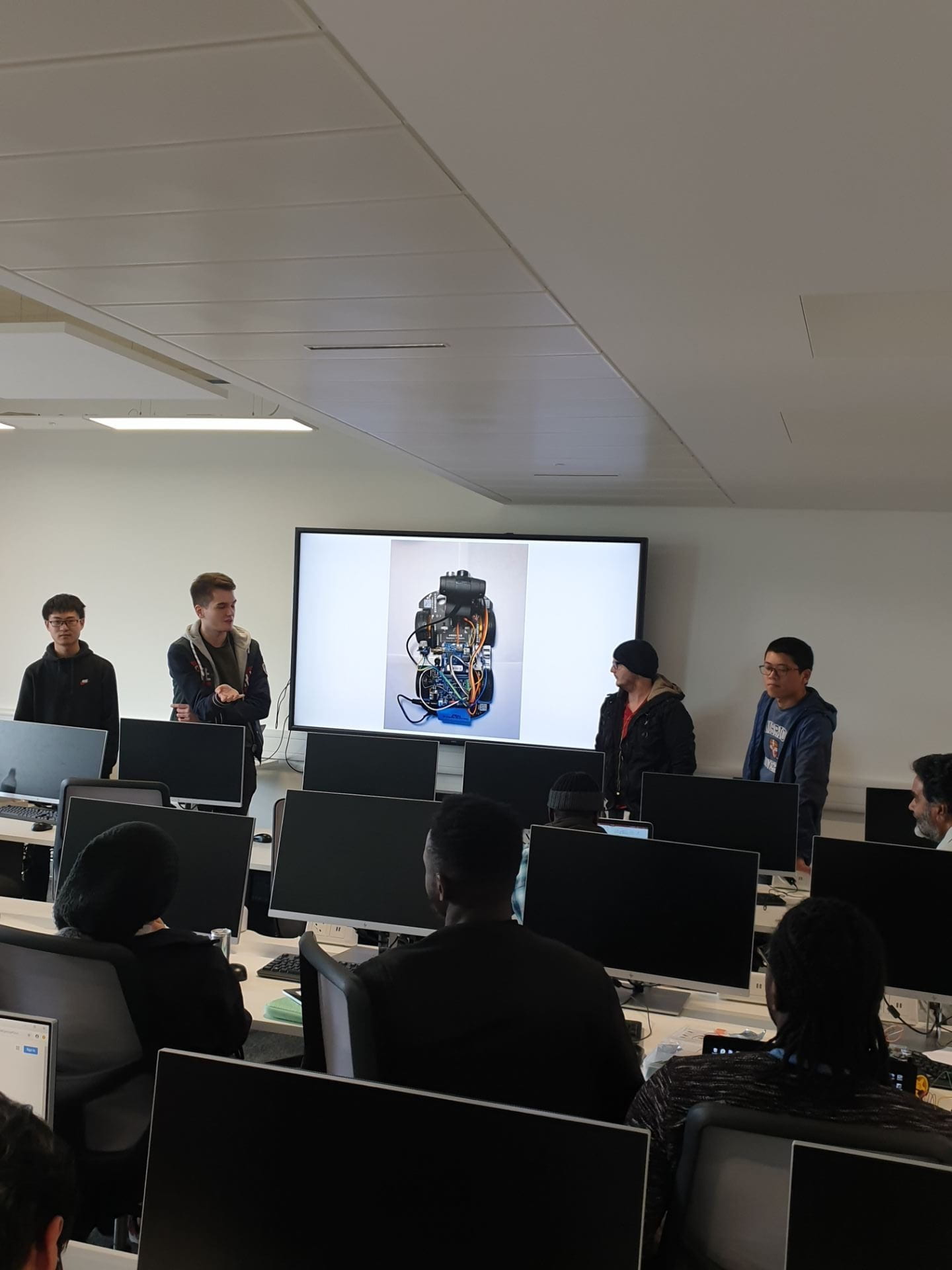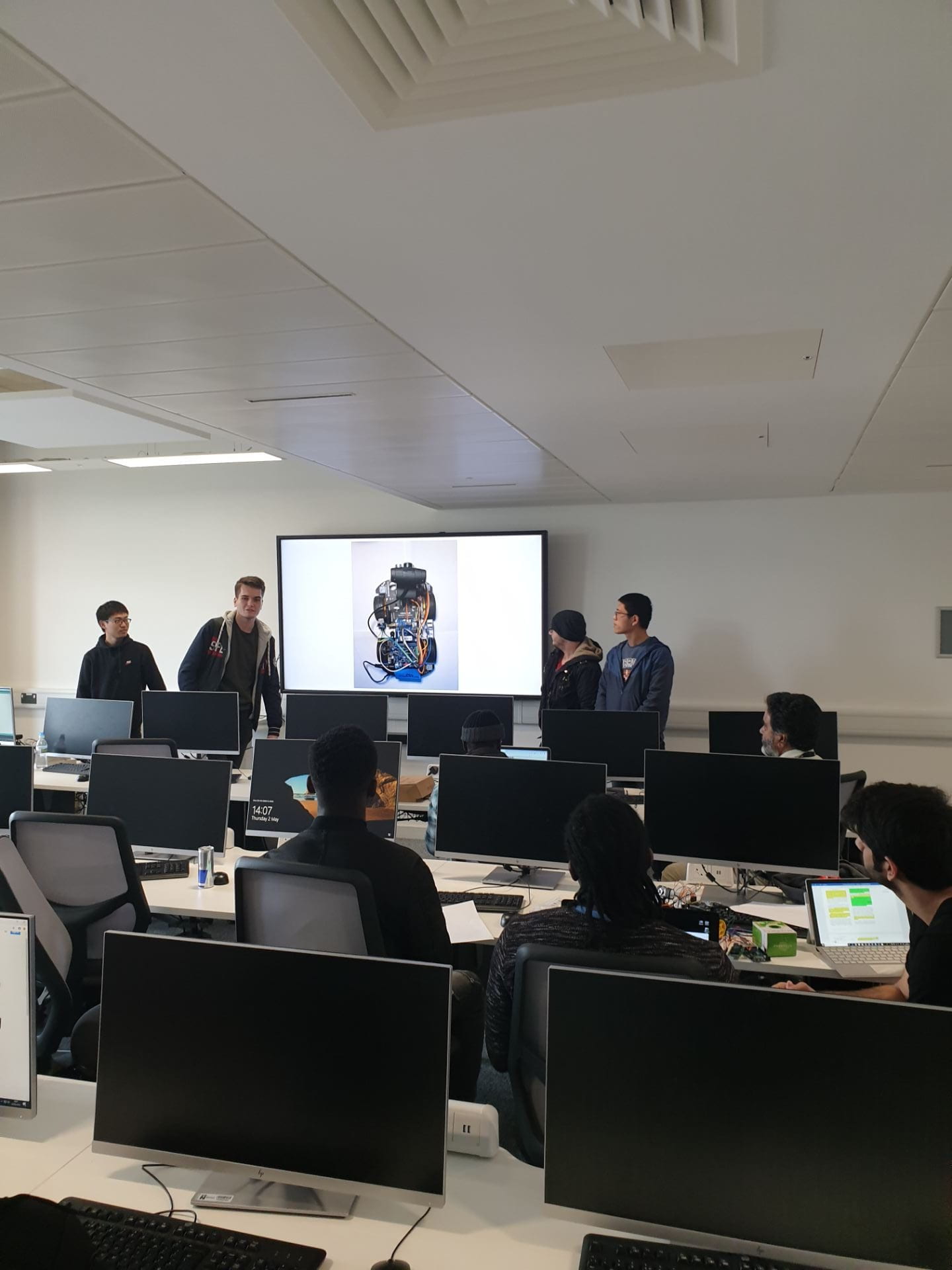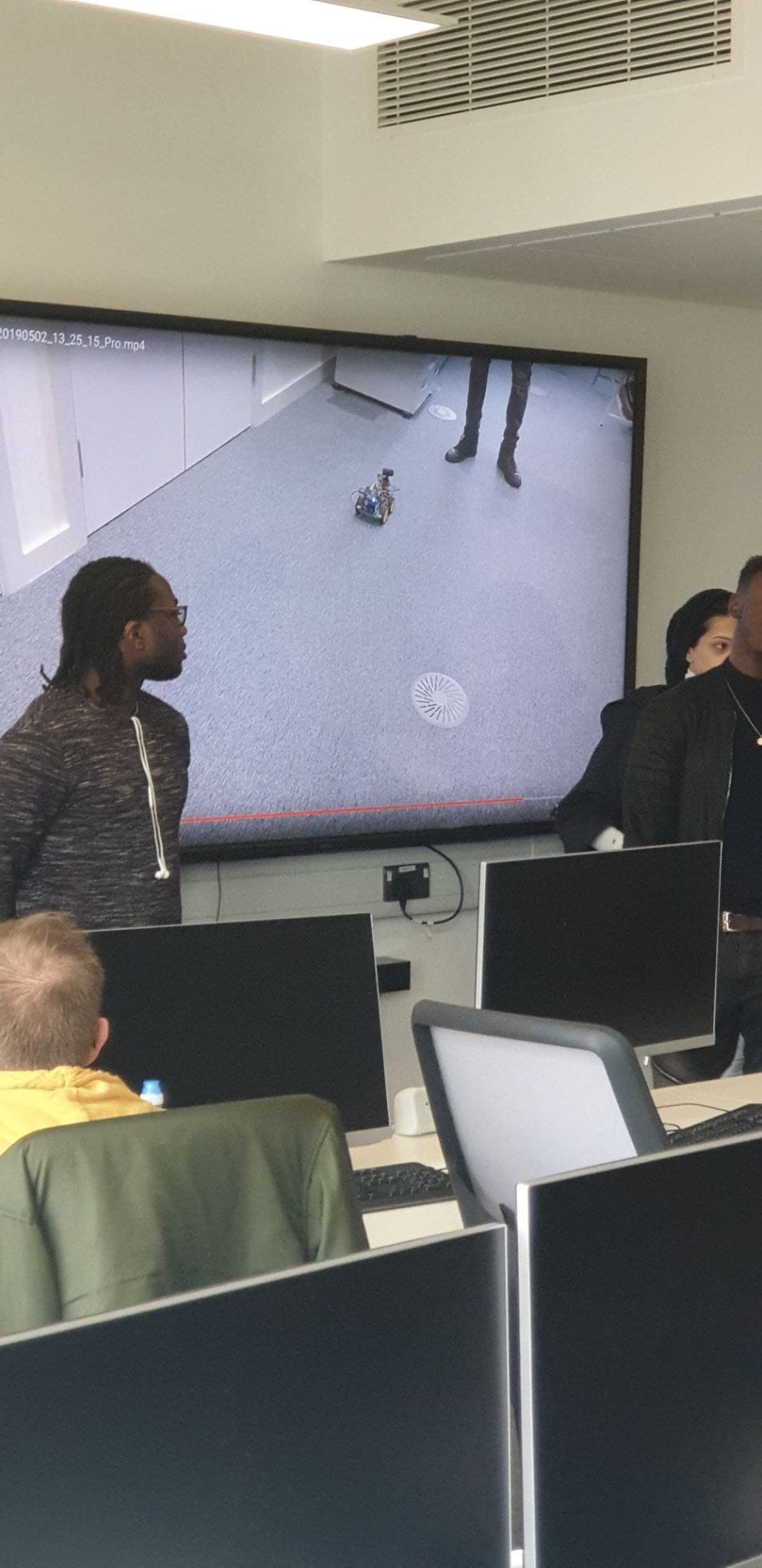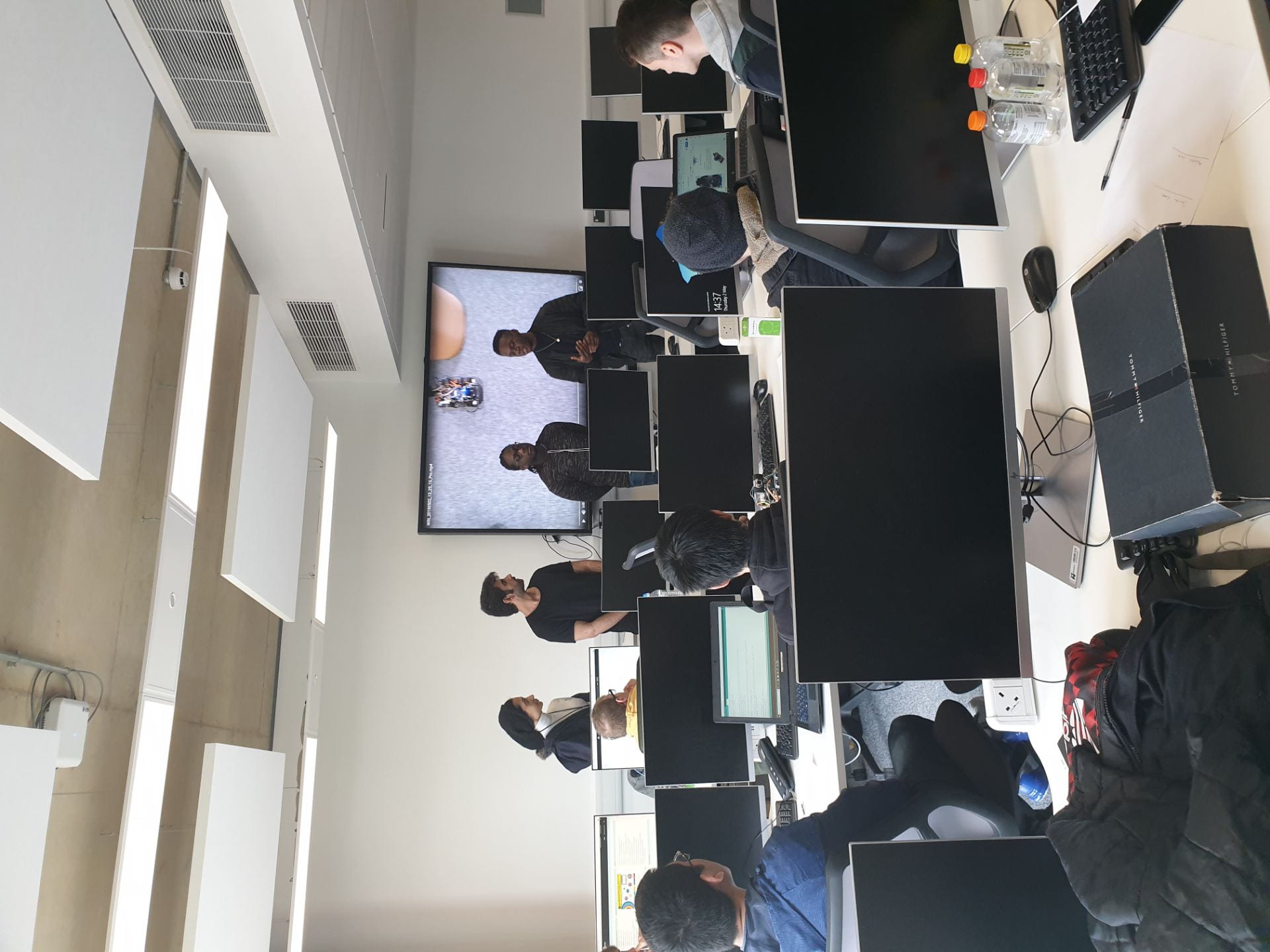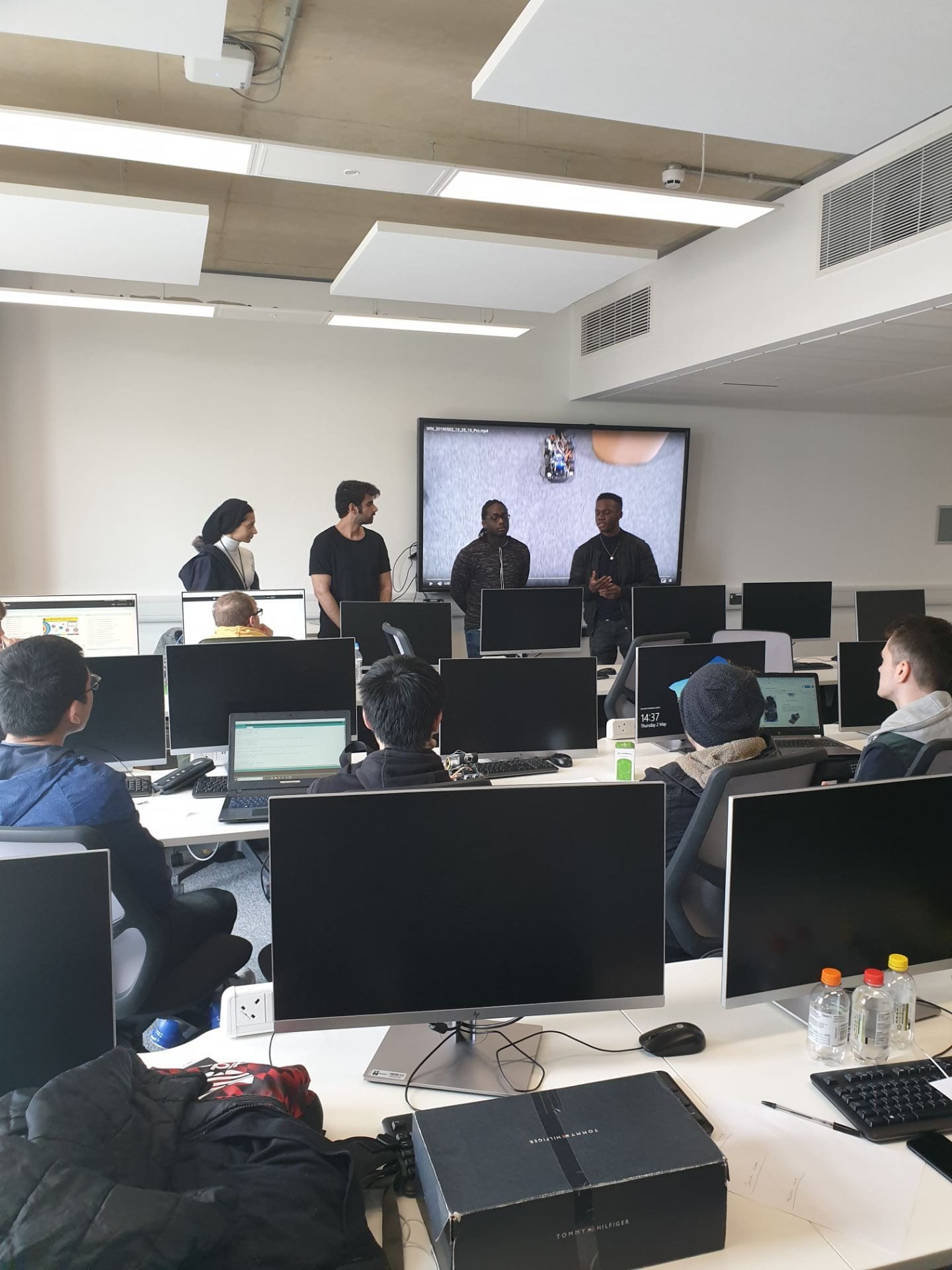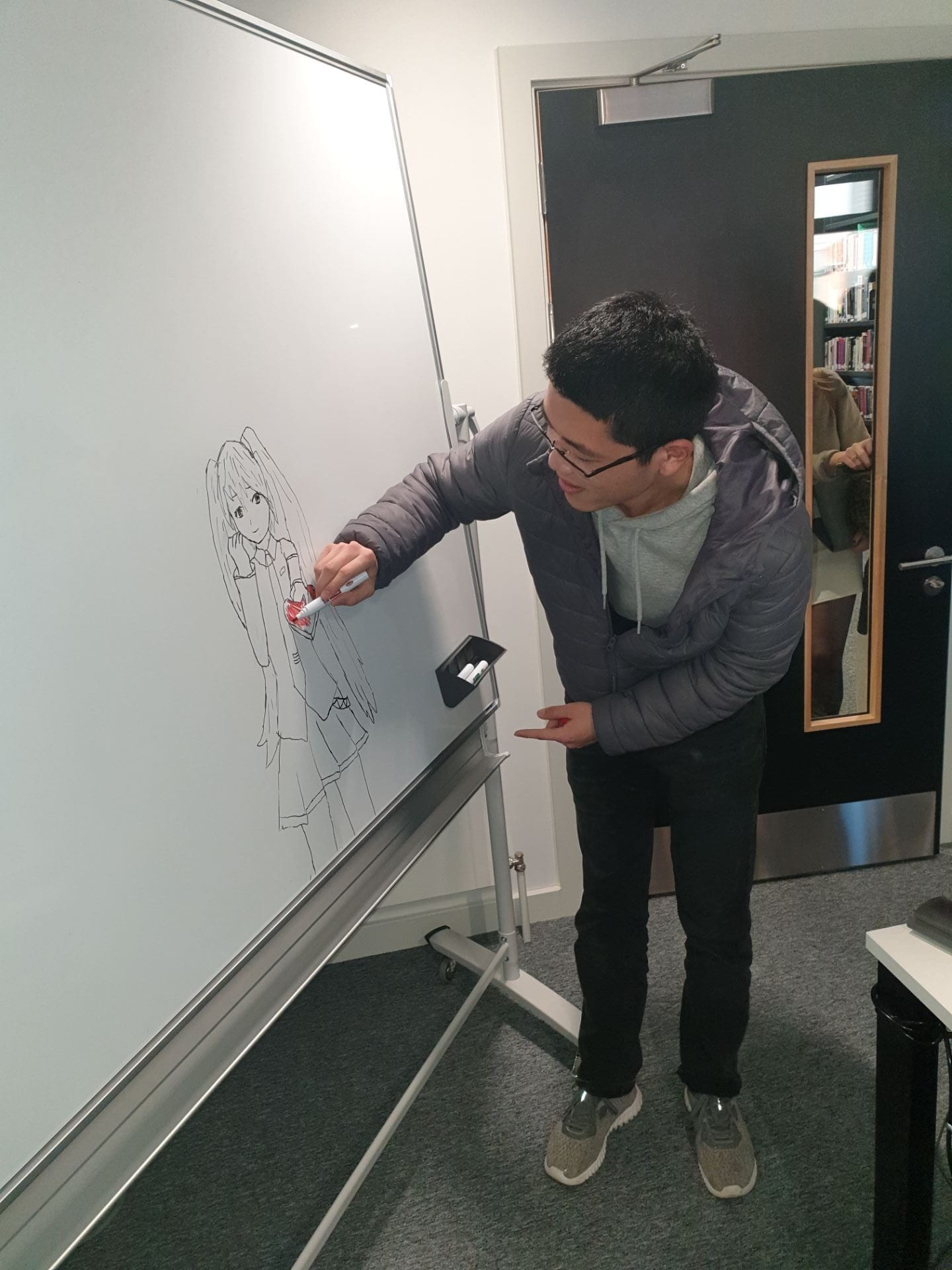What is DDoS?
The definition and meaning of DDoS:
DDoS stands for Distributed Denial of Service. DDoS is a kind of cyberattack that make a website or a network resource unreachable. An attacker obliges thousands of devices across the internet to send an amazing amount of unwanted packets to the target> This target could be a company’s data centre or network or website. Almost any type of internet-facing connected device could be a potential DDoS resource: Internet of Things (IoT) devices, smartphones, personal computers, and powerful servers.
DDoS attacks are still a growing threat to all businesses dependent on the connectivity. There are several approaches to protect against DDoS attacks, where the most cost-efficient one is the out-of-path strategy to detect and mitigate the attacks. But how it fits SDN environments?
Out-of-path DDoS solution consists of Flowmon DDoS Defender for flow-based attack detection and traffic rerouting for a mitigation in on-premise devices or cloud scrubbing. This works well for the physical environment. However, we are witnessing of a transition to SDN / NFV virtual environments and such environments do not usually provide with out of the box DDoS detection and mitigation capabilities. So let’s have a look at DDoS attack protection in SDN environment using Open vSwitch and Floodlight SDN controller.
Open vSwitch (OVS) is known as one of the most interesting and important open source projects. In order to abstract from the physical network infrastructure, OVS is widely used in data centres to steer traffic among virtualized appliances running as virtual machines (VMs), apply access and security policies, and realize overlay networks by means of protocol tunnelling. We will show in this article, how to use OVS for protection against volumetric DDoS attacks.
We will need the following components:
- Flowmon Collector VA or hardware appliance
- Flowmon DDoS Defender
- Floodlight SDN controller
- Open vSwitch
- We have prepared integration package which performs adding an interface to configure Open vSwitch (OVS) via Floodlight SDN controller with needed information for DDoS attack mitigation.
Let’s dive into the details:
Firstly you need to export flows from the OVS to Flowmon collector. The figure shows a case when using a virtual collector so you can choose between flow export from the OVS or port mirroring that will drive the traffic to monitoring ports of the Flowmon collector.
Figure 1: The figure shows the principle of the Flowmon DDoS Defender + Floodlight controller + Open vSwitch (OVS) integration.
The Flowmon DDoS Defender module computes multiple adaptive baselines so when a DDoS attack comes, it is detected by exceeding the baselines. After that, the Flowmon DDoS Defender generates an attack signature which is passed to the SDN mitigation script. Upon receiving and parsing the signature by the script the DDoS Defender logs to the Floodlight controller and sends an ACL configuration via REST API in order to set up an ACL to start the mitigation. The ACL configuration is then issued by the controller to the OVS itself via OpenFlow protocol. As soon as the DDoS attack ends, all the ACL configuration caused by the DDoS Defender is again automatically removed from the OVS.
References:
https://selinc.com/mktg/122222/?gclid=Cj0KCQiAnL7yBRD3ARIsAJp_oLb_jXZWFw4F_cj6I8f05ougk5lB2oogBL2pCUST8WqhUAZOPwXbej4aAtbWEALw_wcB
https://link.springer.com/article/10.1007/s13369-017-2414-5










